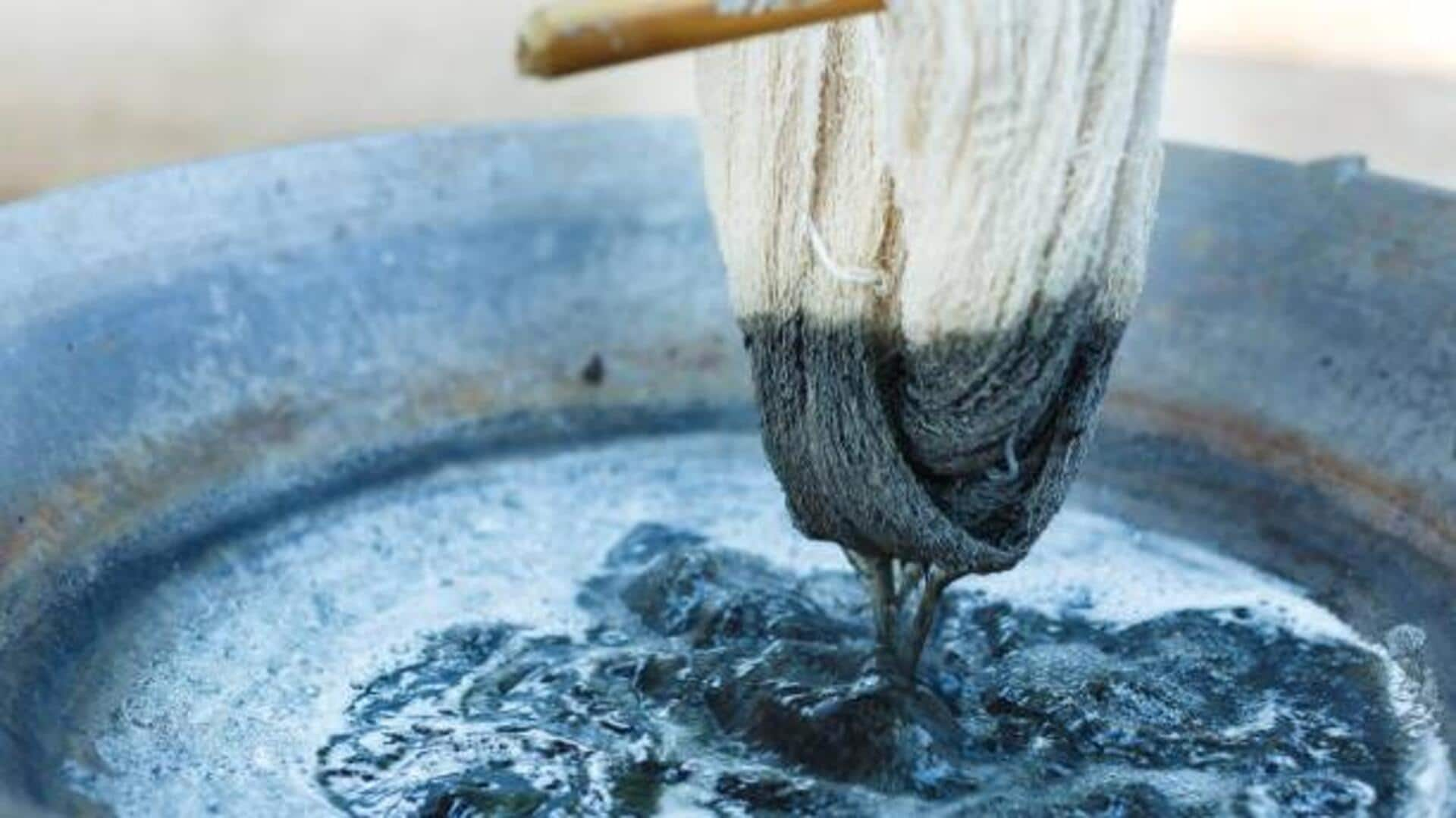
A beginner's guide to natural fabric dyeing
What's the story
Creating custom African prints using natural dye methods is such a fascinating process! It combines traditional techniques with a modern, creative twist. Not only does this approach celebrate cultural heritage, but it also promotes sustainable practices by utilizing plant-based dyes. The process involves selecting the right materials, preparing the fabric, and applying the dye in unique patterns. By understanding these steps, anyone can create beautiful, eco-friendly textiles. They reflect personal style and cultural appreciation.
Dye sources
Selecting natural dye sources
Natural dyes can be obtained from a variety of plants, fruits, and vegetables. Common ones are turmeric for yellow, indigo for blue, and beetroot for red. These natural sources are not only eco-friendly but also provide a range of vibrant colors. While selecting a dye source, keep in mind the availability of resources in your area to make it sustainable and cost-effective.
Fabric preparation
Preparing fabric for dyeing
Before applying natural dyes, it is important to prep the fabric well. Start by washing the fabric to remove any impurities or chemicals that may interfere with dye absorption. Next, treat the fabric with a mordant like alum or vinegar to help fix the dye onto the fibers. This step ensures that colors remain vibrant and don't fade quickly over time.
Dye techniques
Applying dye techniques
There are various techniques to use natural dyes on fabric to create unique patterns. For tie-dye, you fold or tie parts of fabric before dipping it in dye baths for distinct designs. In Batik, wax-resist methods are used where wax is applied on parts of the fabric that are to be resistant to color penetration during immersion into different colored baths successively until the desired pattern emerges.
Color fixation
Setting colors permanently
After achieving desired patterns through tie-dye or batik application processes, setting colors permanently becomes a crucial step. This ensures longevity without fading away easily over time due to exposure to sunlight, washing cycles, etc. It could otherwise diminish the vibrancy achieved initially during the creation phase. Thus, preserving artistic integrity intact throughout the lifespan usage period.